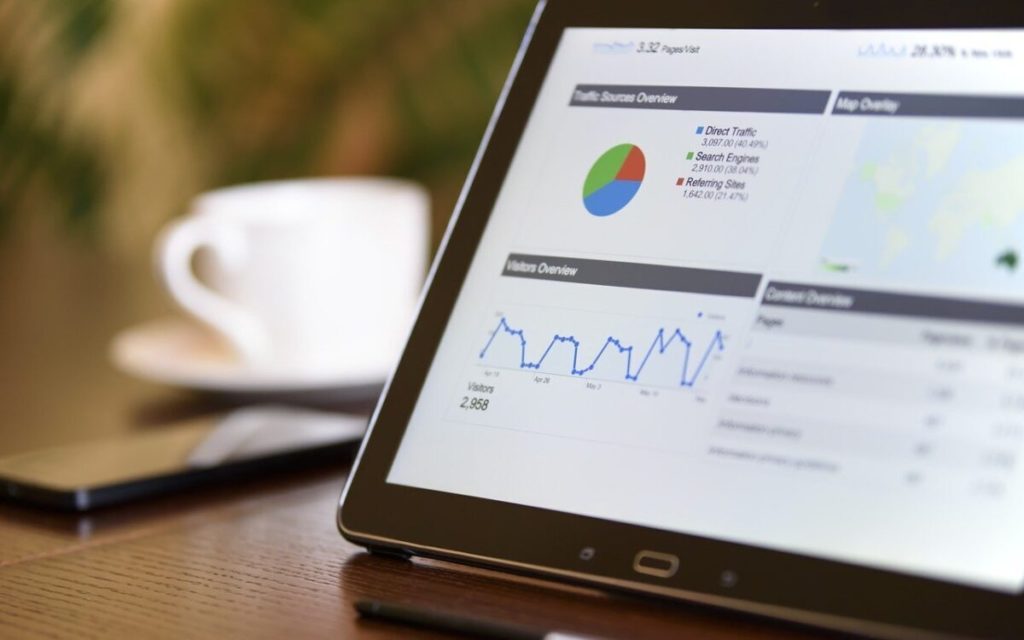By Kevin O’Farrell, Associate Vice President of Analytic Partners.
The stark stats showing that advertising budgets had taken a hammering in 2020 were hardly a surprise – no one was expecting the wave of Q3 marketing spend data to make pretty reading. Budgets have been slashed, advertising has been reallocated and businesses across the board have been panicked by the rapid customer spend falloff. Businesses and individuals alike have hunkered down as they’ve tried to steady their ships amid the Covid-19 pandemic squall.
There were dramatic headlines galore as IPA Bellwether reported a 41% drop in Q3 marketing budgets and more than half (52.6%) of its panellists recorded budget decreases compared with three months earlier. No category escaped being cut back. Meanwhile WARC pointed to 2020 ad spend dropping 14.5% to £21.5bn – a loss of £3.6bn compared with 2019. Even the final quarter – affectionately known as the Golden quarter thanks to the Christmas spree – would be down 10.5%.
But now, eight months into the UK’s Covid-19 restrictions, adjustments are taking place, businesses are adapting, and the knee-jerk reactions are making way for more measured analysis. With the benefit of time, the initial survival mode response to closed stores, remote working protocols and managing a changed working life that often also included home schooling, has been replaced with new systems, better multi-channel operations and applied insight into the changed nature of commerce.
Somethings were already understood about marketing through a crisis – in whatever form it takes. We know that during a recession and times of economic instability, brands that maintain their marketing presence benefit from the reduced presence of market competitors, are able to secure better rates for premium inventory, and benefit from the subsequent increased brand messaging opportunities. But as the IPA and WARC figures have shown, not everyone took heed. It has been a brutal period since March but marketing effectiveness is a constant art, involving re-balancing media mix and channels to include more product, performance, or promotional marketing in tune with emerging trends and demands – including return on investment (ROI).
So as companies reassess marketing budgets and media planning to better manage the current situation, they have also had to adopt a mindset that accommodates the understanding that nothing can be taken for granted anymore. Uncertainty must be baked into any future planning and projections and reaching customers across multiple channels – through an omnichannel strategy – is now the default, essential business practice.
As we approach Christmas, brands need to be smart with their data insights and channel mix, taking a broad view of all aspects of commerce and advertising. So, although online consumer spend has skyrocketed, it does not automatically mean online is the only place people are consuming their media – rather, our data shows that TV can be the biggest driver of website traffic.
For the past 25 years the industry has discussed ‘online’ or ‘digital’ media as being distinct from media. The same holds for ecommerce vs. retail in general. But considering the global pandemic shifts in the economy and consumer behaviour, it’s clear that all media can now be digitally delivered, and not only can commerce take place anywhere – it must. In this omnichannel world everything interlinks and influences each other.
Of course, some businesses have been fleet of foot and able to reinvent themselves and their marketing strategies for some time, but those that haven’t – should they come through this current crisis – will have to learn the benefits of scenario planning swiftly.
Disruption and altered consumer behaviours are at play and will impact businesses and their ROI. Among our clients, we have seen ROIs rising during 2020, driven by cost and lower competition, but also by cutting lower efficiency channels and focusing on stronger brand messages. How this continues to play out in 2021 remains to be seen but global uncertainty can lead to better business strategy.
We have found that those businesses that scenario plan – that use data to run simulations and use their findings in their planning processes – achieve five times more growth than those that don’t. Future potential can only be achieved by using all that this technology offers – using these tools and models to consider difference developments and apply that insight to be prepared.
Understanding the range of possible outcomes and managing expectations is essential – people tend to be biased in their optimism, which means they may intentionally, or unintentionally, use selective data to make predictions. Creating a foundation for planning purposes as well as simulating possible variations of what the future may hold, helps avoid inherent biases and reliance on single assumptions.
Covid has taught us all that we can not rely on past tactics or gut instinct; when the world changes dramatically a new approach is required that balances risk and opportunity.









